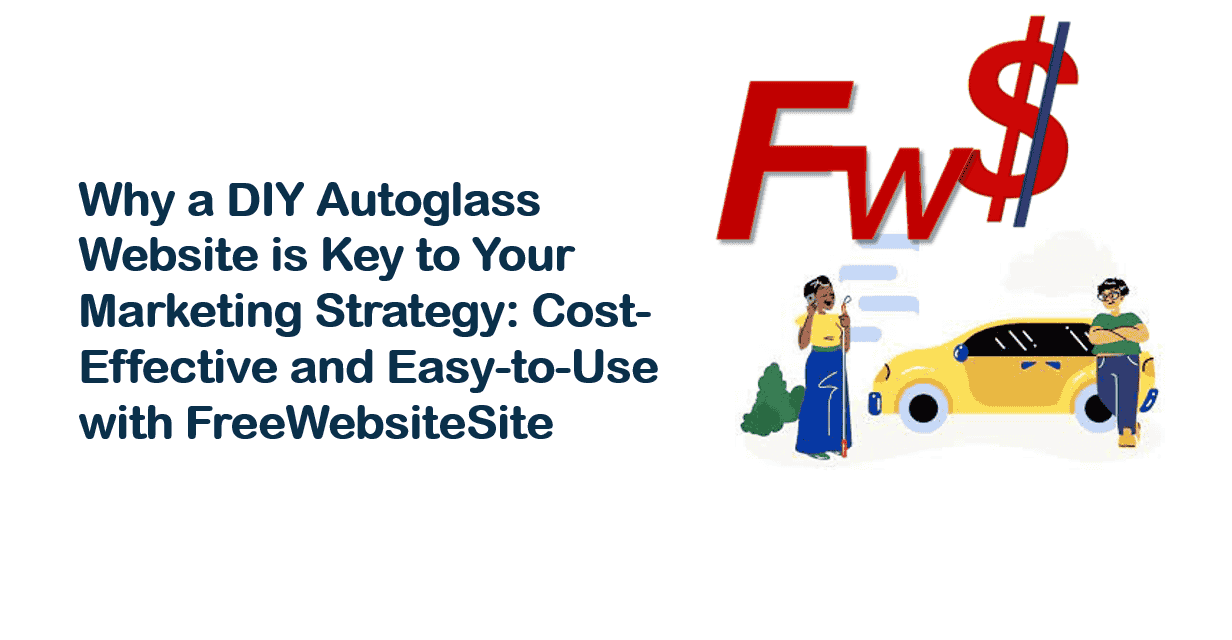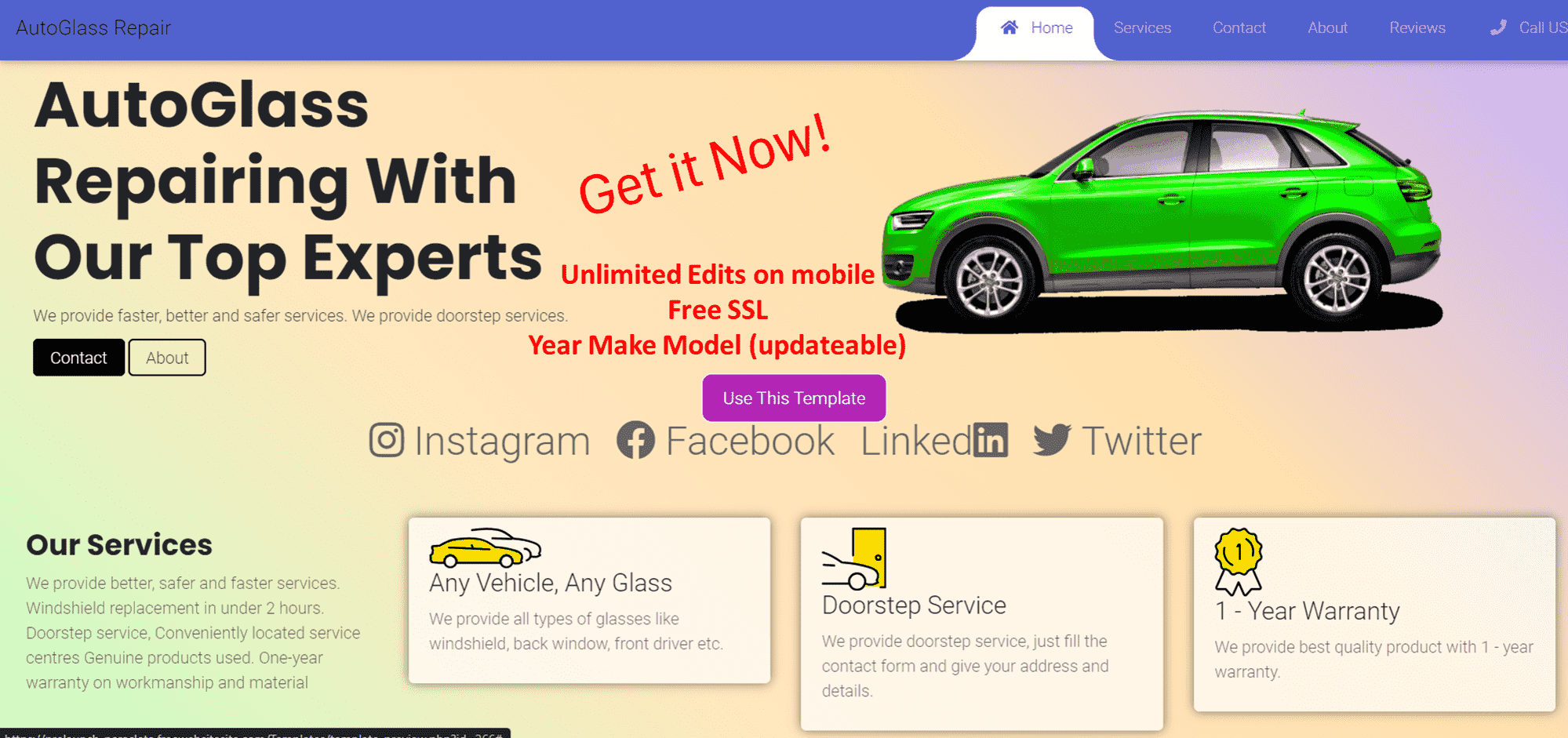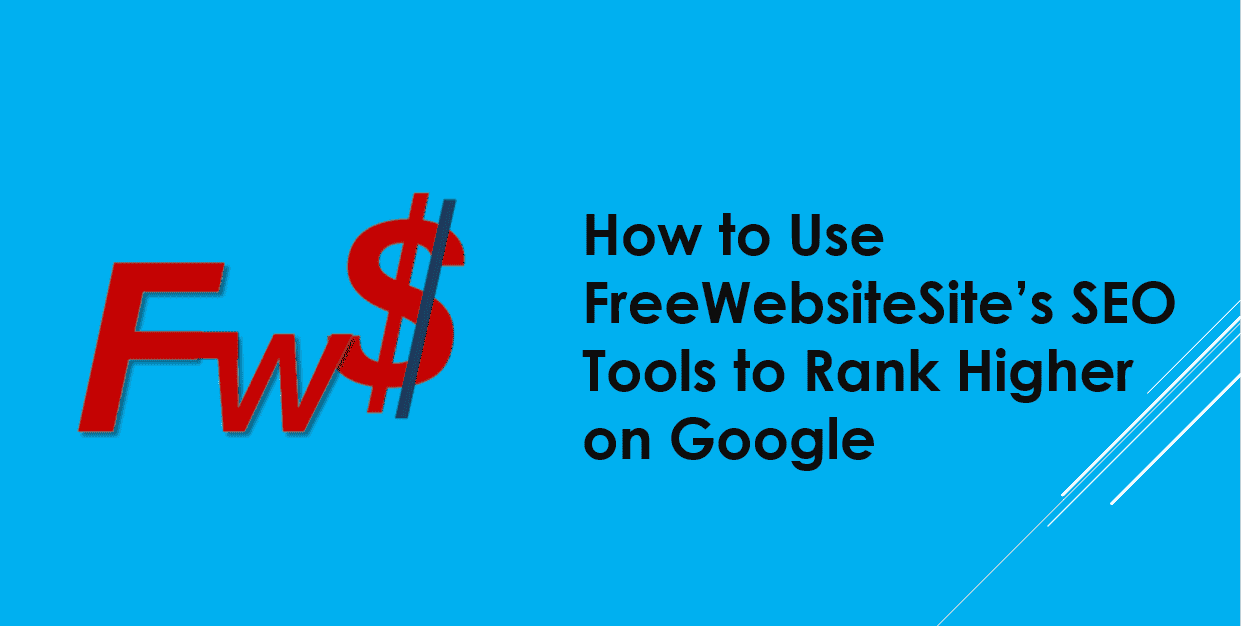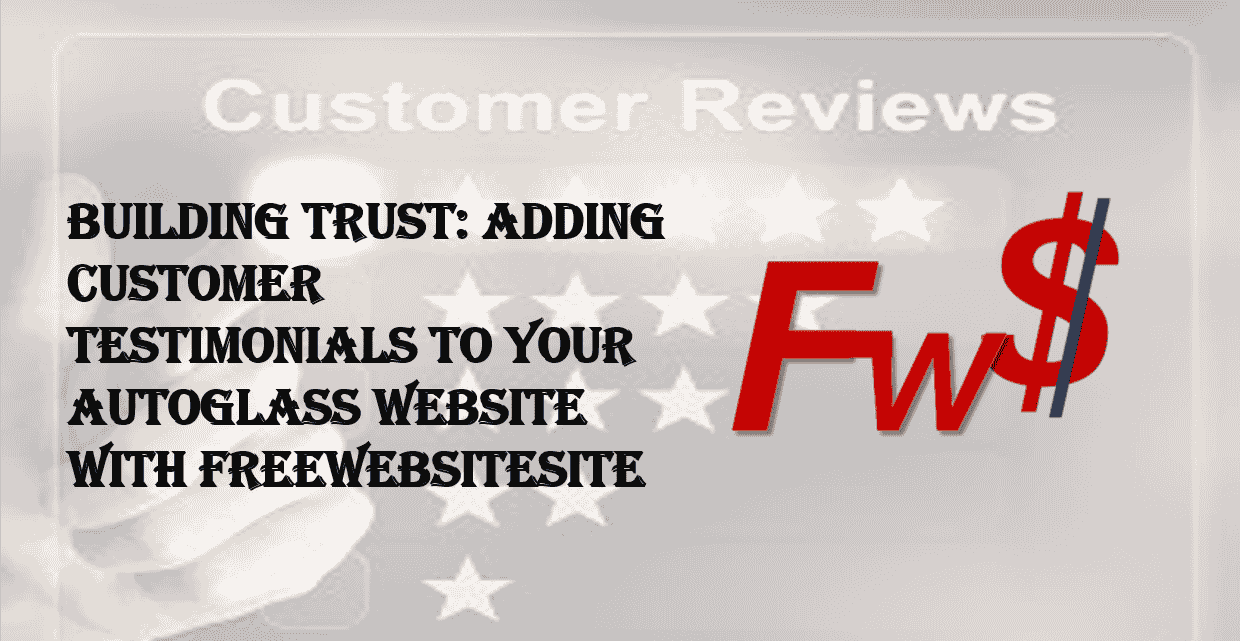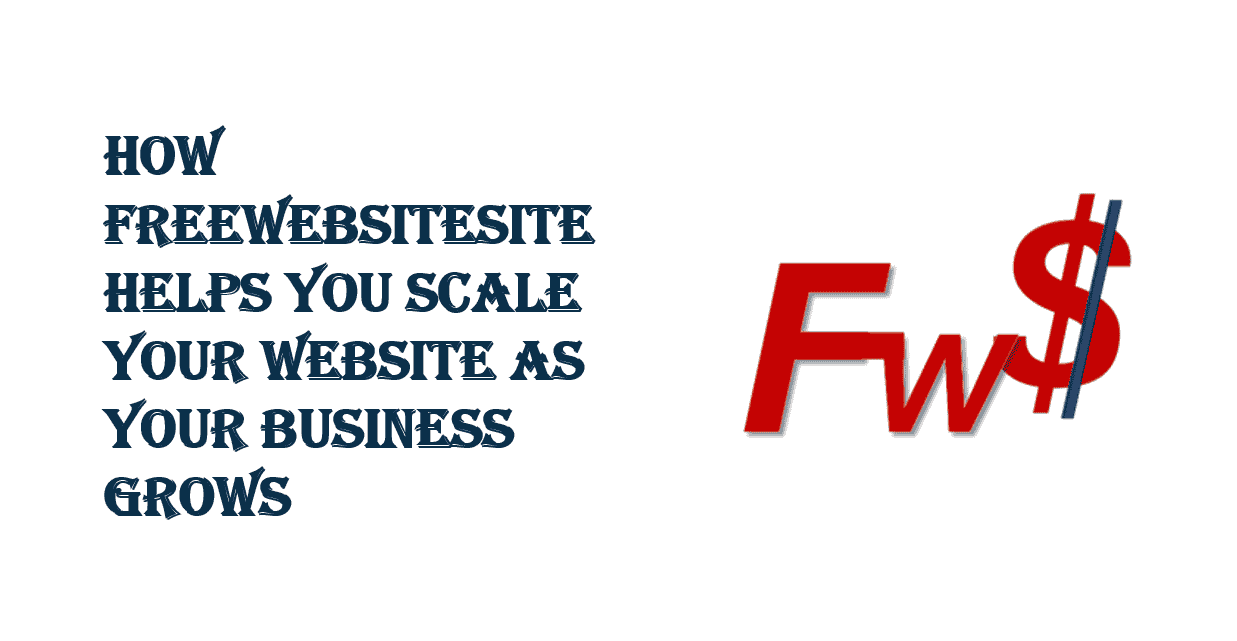Best Platforms for Building Your Online Store
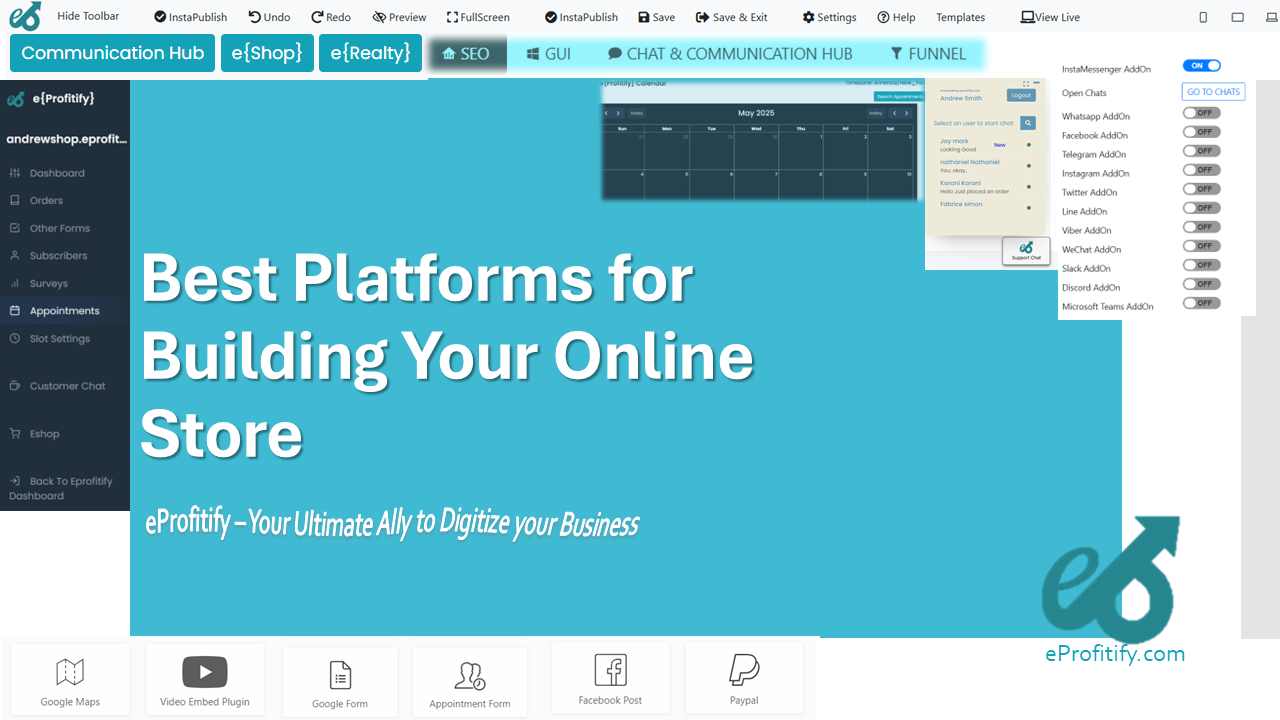
Best Platforms for Building Your Online Store in 2024
The global e-commerce market is booming, with sales projected to surpass $6.3 trillion in 2024 (Statista). As more businesses shift online, selecting the right platform to build and scale your digital storefront is critical. From user-friendly solutions for beginners to advanced tools for large enterprises, this guide explores the best platforms for creating an online store, supported by statistics, and highlights how services like eProfitify can amplify your store’s success.
Why Choosing the Right E-commerce Platform Matters
Your choice of e-commerce platform impacts everything from customer experience to scalability, SEO performance, and operational efficiency. A well-suited platform can:
- Reduce development costs by 30–50% (McKinsey).
- Improve conversion rates by up to 20% with mobile-optimized designs.
- Support global sales through multi-language and currency features.
With over 26 million e-commerce sites globally (BuiltWith), competition is fierce. The right platform ensures you stand out while streamlining backend operations like inventory management, payments, and marketing.
Top Platforms for Building Your Online Store
1. Shopify
Market Share: 10% of all e-commerce websites (W3Techs).
Best For: Beginners and businesses prioritizing ease of use.
Features:
- Drag-and-drop builder, 150+ free and paid themes.
- Integrated payment gateway (Shopify Payments).
- 8,000+ apps in the Shopify App Store.
Pricing: Starts at $29/month.
Pros: Scalable, 24/7 support, built-in SEO tools.
Cons: Transaction fees for third-party payment gateways.
Stats: Shopify merchants generated $444 billion in GMV in 2023 (Shopify Earnings Report).
2. WooCommerce
Market Share: Powers 23% of all online stores (BuiltWith).
Best For: WordPress users and customizable solutions.
Features:
- Open-source plugin for WordPress.
- 50,000+ extensions for SEO, payments, and marketing.
- Full control over hosting and data.
Pricing: Free (but requires hosting, domain, and plugins).
Pros: Highly flexible, cost-effective for small businesses.
Cons: Requires technical expertise.
Stats: Over 5 million active installations (WordPress).
3. BigCommerce
Market Share: 4% of the top 1 million e-commerce sites (Datanyze).
Best For: Mid-sized and enterprise businesses.
Features:
- Native multi-channel selling (Amazon, eBay, Instagram).
- Built-in email marketing and analytics.
- No transaction fees.
Pricing: Starts at $29/month.
Pros: Robust SEO tools, enterprise-grade security.
Cons: Limited free themes.
Stats: Clients like Ben & Jerry’s and Skullcandy grew revenue by 28% YoY (BigCommerce).
4. Wix eCommerce
Market Share: 1.3% of all e-commerce sites (BuiltWith).
Best For: Creatives and microbusinesses.
Features:
- AI-driven design assistant.
- 800+ templates with mobile optimization.
- Dropshipping via Modalyst.
Pricing: Starts at $27/month.
Pros: Intuitive interface, affordable pricing.
Cons: Limited scalability for large inventories.
5. Squarespace
Market Share: 1.2% of e-commerce sites (BuiltWith).
Best For: Aesthetic-focused brands (e.g., artists, photographers).
Features:
- Award-winning templates.
- Integrated marketing tools (email campaigns, analytics).
- Membership and subscription options.
Pricing: Starts at $23/month.
Pros: Seamless design experience, strong blogging tools.
Cons: Limited third-party app integrations.
6. Magento (Adobe Commerce)
Market Share: 1.1% of the top 10k sites (Datanyze).
Best For: Large enterprises with complex needs.
Features:
- Customizable codebase for tailored solutions.
- Supports global B2B/B2C operations.
- Advanced analytics and AI-powered personalization.
Pricing: Enterprise plans start at $22,000/year.
Pros: Unmatched scalability and customization.
Cons: High cost and technical complexity.
7. Square Online
Market Share: 330,000+ active stores (Square Investor Relations).
Best For: Brick-and-mortar retailers expanding online.
Features:
- Syncs with Square POS systems.
- Commission-free sales via Square Payments.
- Built-in QR code ordering.
Pricing: Free plan available; premium plans start at $29/month.
Pros: Seamless omnichannel integration, no-code setup.
Cons: Limited design flexibility.
Boosting Success with eProfitify
While selecting a platform is the first step, optimizing your store for conversions and ROI is equally critical. This is where eProfitify—a Shopify-exclusive optimization agency—adds immense value. Specializing in conversion rate optimization (CRO), email marketing, and customer retention, eProfitify helps merchants:
- Increase AOV (Average Order Value) by up to 35%.
- Reduce cart abandonment rates by 20–30%.
- Automate workflows for personalized customer journeys.
For example, eProfitify’s data-driven approach combines A/B testing, AI analytics, and buyer psychology to redesign product pages, checkout flows, and email campaigns. Their strategies have helped Shopify stores achieve 3x ROI within 6 months.
Considering that 68% of shoppers abandon carts due to poor user experience (Baymard Institute), partnering with experts like eProfitify ensures your store maximizes the potential of platforms like Shopify.
Key Statistics Shaping E-commerce in 2024
- Mobile commerce accounts for 60% of all e-commerce sales (Adobe).
- 80% of consumers prioritize fast, free shipping (Shopify).
- AI-driven personalization can boost revenues by 15% (McKinsey).
How to Choose the Right Platform
- Budget: Compare upfront costs, transaction fees, and app expenses.
- Scalability: Ensure the platform grows with your business.
- Features: Match tools to your niche (e.g., subscriptions, dropshipping).
- Support: Prioritize 24/7 assistance if you lack technical skills.
For instance, Shopify suits startups needing simplicity, while WooCommerce appeals to tech-savvy users craving flexibility. Enterprises benefit from Magento’s customization, and omnichannel retailers thrive on Square Online.
Final Thoughts
The best e-commerce platform aligns with your business goals, budget, and technical capacity. Platforms like Shopify, WooCommerce, and BigCommerce dominate the market for good reason—they balance ease of use with powerful features. However, success doesn’t end at setup. Continuous optimization through partners like eProfitify ensures you stay ahead in a competitive landscape.
Whether you’re a budding entrepreneur or an established brand, investing in the right tools—and the right experts—can transform your online store into a revenue-generating powerhouse. Start building today!


